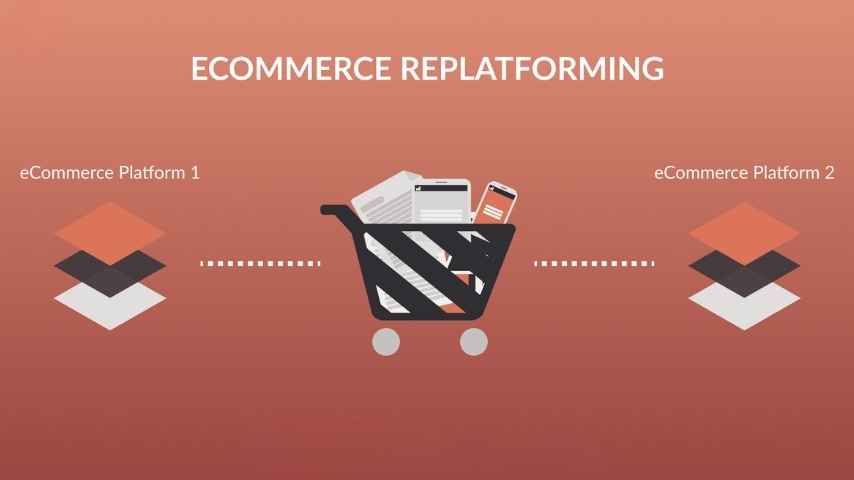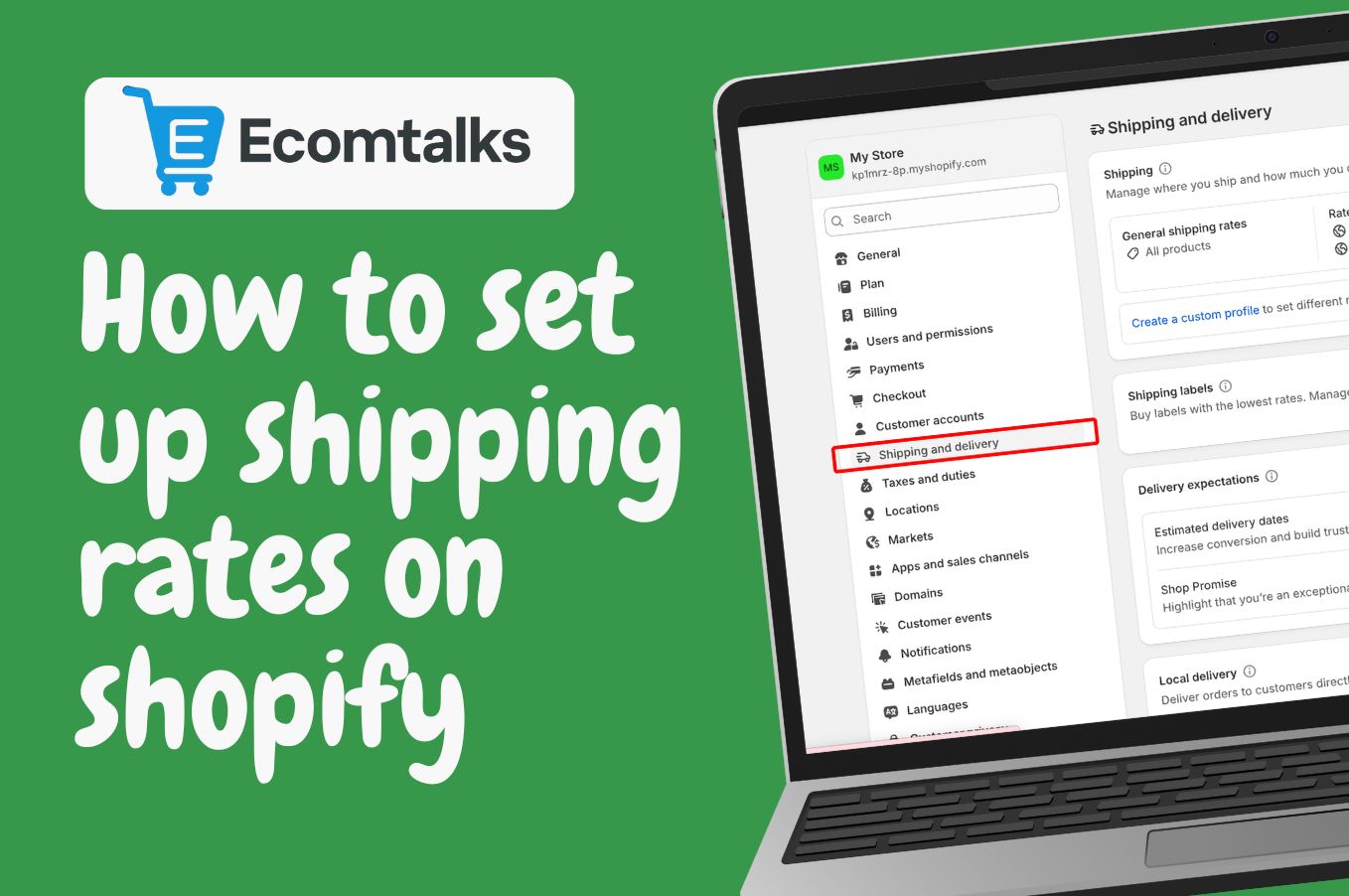B2B ecommerce replatforming: The complete guide in 2025
Your B2B ecommerce website is the digital heart of your business operations. It’s where relationships are built, complex orders are managed, and revenue is generated. But what happens when the very technology designed to enable growth starts holding it back? This is the critical moment when a strategic pivot becomes necessary. Enter B2B ecommerce replatforming: the essential process of migrating your online business to a new, more capable foundation.
This is more than a simple website redesign. It’s a fundamental business transformation that can unlock new efficiencies, enhance customer loyalty, and future-proof your company. This guide will walk you through everything from the initial warning signs to the final launch.
What Is B2B Ecommerce Replatforming?
Simply put, B2B ecommerce replatforming is the process of moving your online store from its current technology platform to a new one. It's not just about changing the look and feel (a redesign) or installing a software update (an upgrade). Replatforming involves migrating the entire back-end commerce engine, along with all your data—including products, customers, and order history.

Think of it like moving your business from an outdated, small warehouse to a modern, automated distribution center. The old facility might have served its purpose, but the new one is built for scale, efficiency, and future challenges. Replatforming aims to replace a limiting legacy system with a solution that provides superior functionality, scalability, and a better user experience for your B2B buyers.
Why Replatforming Is Crucial for B2B Ecommerce Growth
Hesitating to replatform because of the perceived effort is understandable, but the cost of inaction can be devastating to long-term growth. A successful replatforming project is a catalyst for significant business improvements.
- Enhance the Customer Experience (CX): Today’s B2B buyers expect the seamless, intuitive experience they get from B2C sites. A modern platform allows you to offer personalized catalogs, customer-specific pricing, easy reordering, and a frictionless mobile experience, dramatically increasing satisfaction and loyalty.
- Boost Operational Efficiency: The biggest gains often come from integration. A new platform can seamlessly connect with your critical business systems like an ERP, CRM, and PIM. This automates manual processes, reduces human error, and gives your teams a unified view of customers and orders.
- Future-Proof Your Business: The digital commerce landscape is constantly changing. A flexible, modern platform allows you to scale easily, expand into new international markets (with multi-language and multi-currency support), and even launch new business models like a direct-to-consumer (D2C) channel.
- Strengthen Security and Compliance: Legacy systems are often security risks, lacking modern patches and compliance with standards like GDPR or CCPA. Replatforming to a reputable, up-to-date solution protects your business and your customer data.
Signs That Your B2B Business Needs Replatforming
- Poor Site Performance: Your website is slow, crashes during high traffic periods, and struggles to handle a growing product catalog.

- Lack of B2B-Specific Features: Your platform can't natively support essentials like complex pricing tiers, quote requests (CPQ), bulk order forms, or multiple shipping addresses per order.
- High Total Cost of Ownership (TCO): You're spending an ever-increasing amount on maintenance, custom patches, and developer hours just to keep your current system running.
- Integration Nightmares: Connecting to other business software is difficult, costly, and unreliable, leading to data silos and manual workarounds.
- A Frustrating User Experience: The buyer portal is difficult to navigate, search is ineffective, and the mobile experience is poor or non-existent.
- Roadblocks to Expansion: The platform lacks the architecture to support international sales, multiple brands, or new sales channels from a single back-end.
Key Challenges in B2B Ecommerce Replatforming
A replatforming project is a major undertaking with potential pitfalls. Being aware of these challenges is the first step to overcoming them.
- Complex Data Migration: B2B data is incredibly complex. Migrating customer groups, tiered pricing rules, detailed product specifications, and historical order data without loss or corruption is a massive challenge.
- Preserving SEO Rankings: One of the biggest risks is losing years of search engine equity. Without a meticulous 301 redirect strategy and technical SEO plan, you could see a sharp drop in organic traffic post-launch.
- Scope Creep: The project can easily expand beyond its original timeline and budget as new "must-have" features are requested by different departments mid-project.
- Difficult Integrations: Connecting a new platform to a custom, legacy ERP system is often the most difficult technical hurdle, requiring specialized expertise.
- Change Management: Getting buy-in from all stakeholders (sales, IT, marketing, finance) and training them on the new system is crucial for adoption and success.
How to Plan a Successful B2B Replatforming Project
A structured, phased approach is the best way to mitigate risks and ensure a successful outcome.
- Phase 1: Audit and Discovery: Begin by thoroughly auditing your existing platform. Involve all departments to document pain points and requirements. What works? What doesn't? What do you need the new platform to do?
- Phase 2: Strategy and Documentation: Translate your requirements into a formal Request for Proposal (RFP). Define your key performance indicators (KPIs) for success, such as "reduce manual order processing by 50%" or "increase mobile conversion by 30%." Establish a realistic budget and timeline.
- Phase 3: Vendor Selection: Use your RFP to evaluate potential platforms and implementation partners.

- Phase 4: Implementation and Testing: This is the core development phase. A detailed plan for data migration is critical. Once built, the site must undergo rigorous User Acceptance Testing (UAT) with real users to find and fix bugs before launch.
- Phase 5: Launch and Optimization: The work isn't over at "go-live." Implement your SEO redirect map. Monitor site performance and your KPIs closely. Continuously gather feedback from customers and internal teams to make ongoing improvements.
Choosing the Right B2B Ecommerce Platform
The platform you choose will define your capabilities for years to come. Your choice will depend on your budget, technical resources, and business complexity. Key options include:
- SaaS (Software-as-a-Service): Platforms like BigCommerce or Shopify Plus offer a robust set of B2B features out of the box with lower upfront costs, as hosting and security are managed by the vendor. This is ideal for businesses seeking speed-to-market and a lower TCO.
- Open-Source: Solutions like Magento (Adobe Commerce) provide immense flexibility and customization. This is a fit for large enterprises with unique requirements and the in-house or agency resources to manage development and hosting.
- Headless Commerce: This modern approach decouples the front-end (the "head") from the back-end commerce engine. It offers unparalleled flexibility to create unique customer experiences across any channel (web, mobile apps, IoT) but is also the most complex and resource-intensive option.

When evaluating, prioritize platforms with strong native B2B functionality, a robust API for integrations, proven scalability, and a clear roadmap for future innovation.
Final Thoughts
B2B ecommerce replatforming is a strategic imperative for any company that feels constrained by its current technology. While the process is complex, the rewards are immense. By moving to a flexible, scalable, and user-friendly platform, you are not just launching a new website—you are investing in a powerful engine for operational efficiency, customer loyalty, and sustainable business growth. With careful planning and a clear vision, your replatforming project can be the turning point that sets you up for success in the digital-first era.
Ecommerce can feel overwhelming at first, but it doesn’t have to be. Ecommerce Basics breaks down the fundamentals so you can start with confidence.








.jpg)
.jpg)